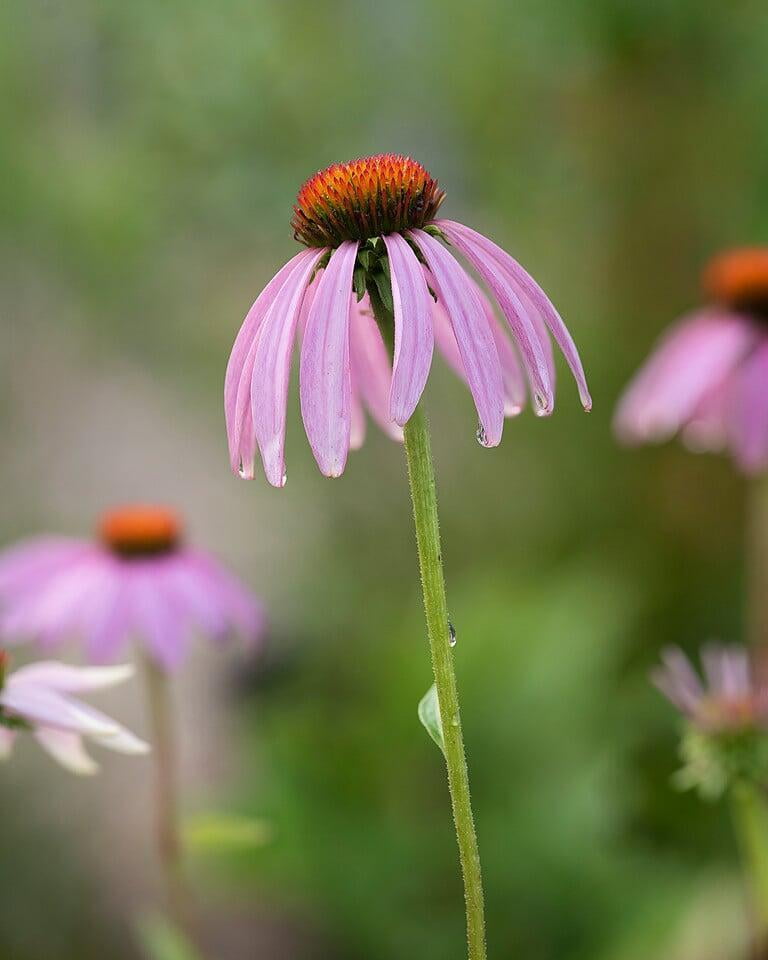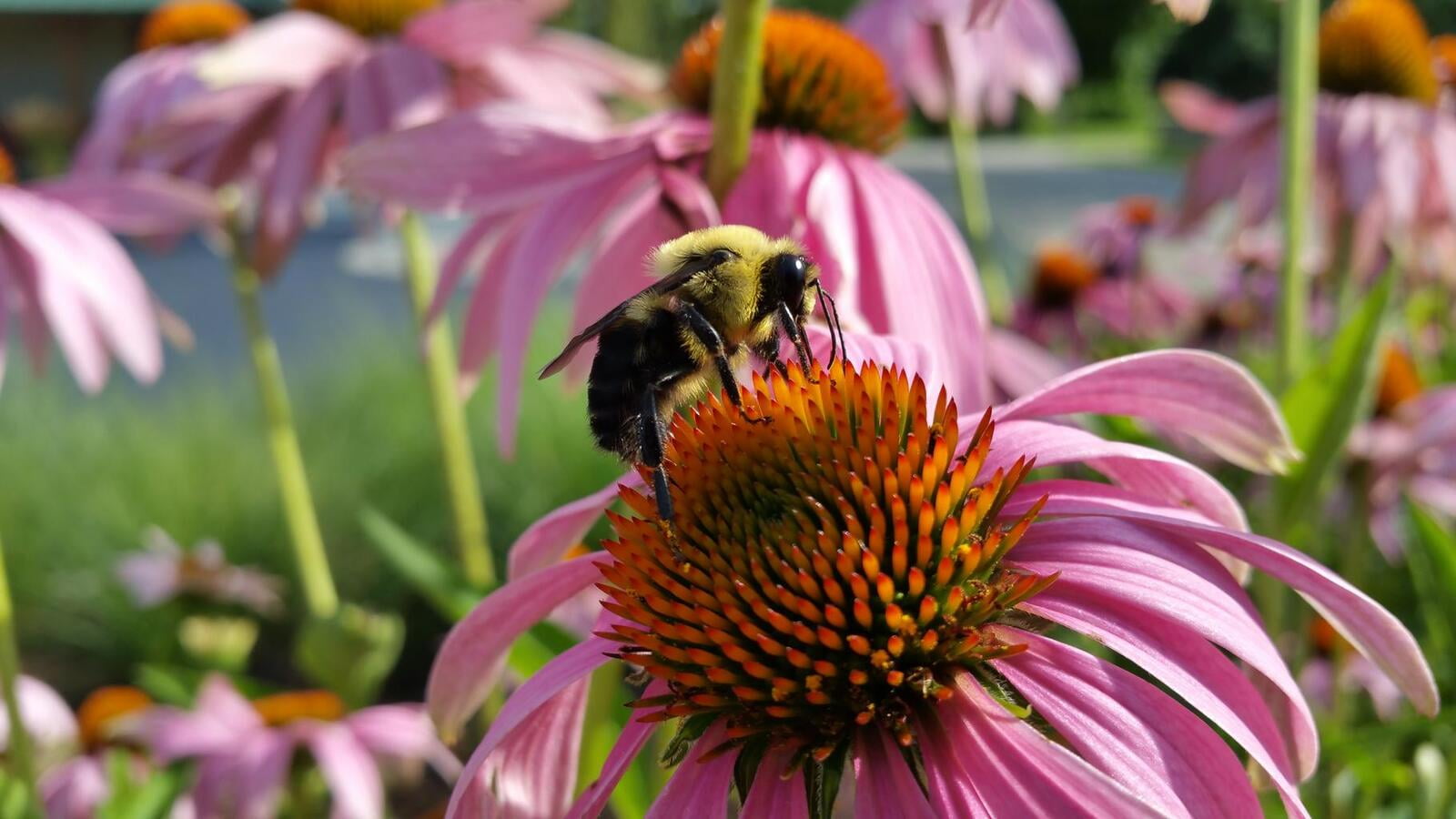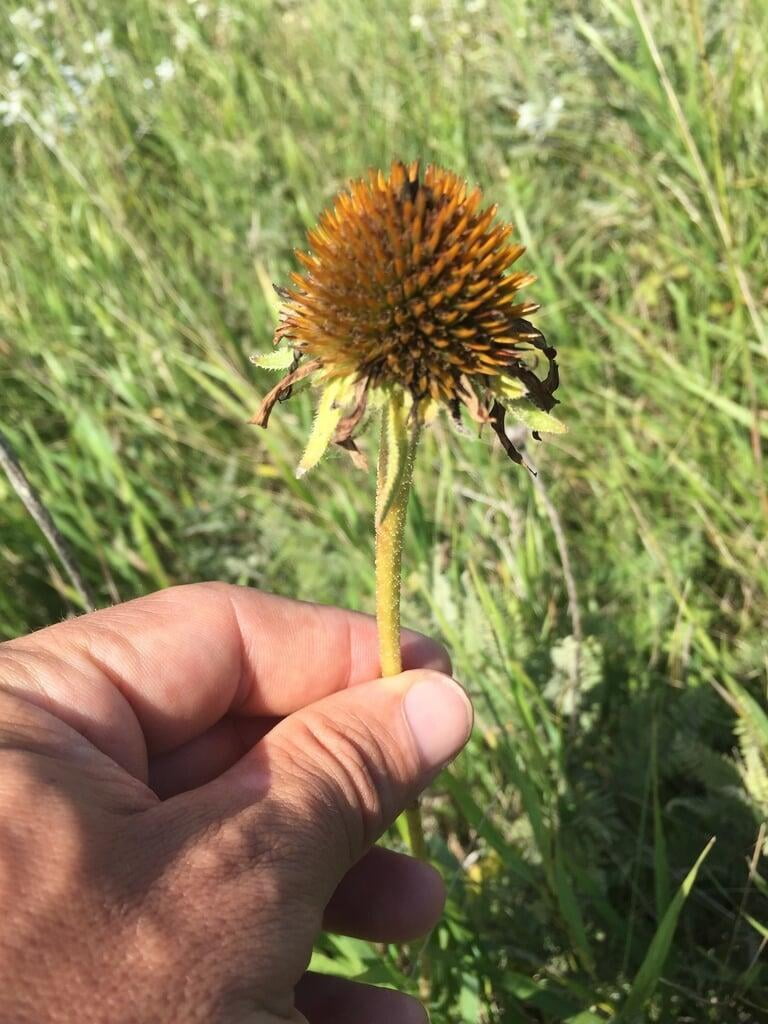Echinacea angustifolio
Narrow-leaved Coneflower Description:
Echinacea angustifolia, also known as narrow-leaved coneflower or purple coneflower, is a perennial herb that belongs to the daisy family (Asteraceae). It is native to North America and is found in the western United States, from Montana and North Dakota down to New Mexico and Texas.
Echinacea angustifolia grows up to 2 feet tall and has narrow leaves that can be up to 20 cm long. Its flowers are typically pale purple, but can also be pink or white, and have a characteristic cone-shaped center that is surrounded by ray-like petals. The flowers bloom in mid-summer and attract bees, butterflies, and other pollinators.
This plant has a long history of traditional use by Native Americans for various medicinal purposes, and is still used today as a natural remedy to support immune function, reduce inflammation, and alleviate symptoms of the common cold, flu, and other respiratory infections. It is also used topically to support skin health and alleviate skin conditions such as acne, eczema, and psoriasis.
Overall, Echinacea angustifolia is a beautiful and beneficial plant that has a valuable place in traditional and natural medicine.
Native Range:
It is native to North America and is found in the western United States, from Montana and North Dakota down to New Mexico and Texas. In Minnesota, it is found primarily in the Western portions of the state.
Standard Plant Information:
Plant Height: 1' - 2'
Bloom Time: June - October
Preferred Habitat: Does well in full sun and is often found in dry prairies.
Sowing:
For most homeowners, the best option is to scatter seed on the ground by hand broadcasting at a minimum of 16-64 pls ounces per acre. For even coverage, we recommend that you broadcast seed in perpendicular rows across the site to ensure even coverage.
You’ll want to broadcast any grass seed first, which will get raked into the soil lightly. Next, it is ideal to mulch the area lightly with either a clean (no seed) straw or preferably with our native Little Bluestem straw, sold at our retail garden centers. After a light mulching is complete, now it’s time to broadcast your native wildflower seeds, which should not be raked into the soil. A good rain or watering is sufficient to cover the seed.
Planting:
Simply dig a hole in the soil slightly larger than the plant’s roots. Ensure that the soil line of the plant is maintained during the transfer (i.e. the plant should be at the same level with the ground as it was in the pot). Pack any loose dirt back around the plant and make sure you water it well the same day to ensure it has the best chance of survival.






